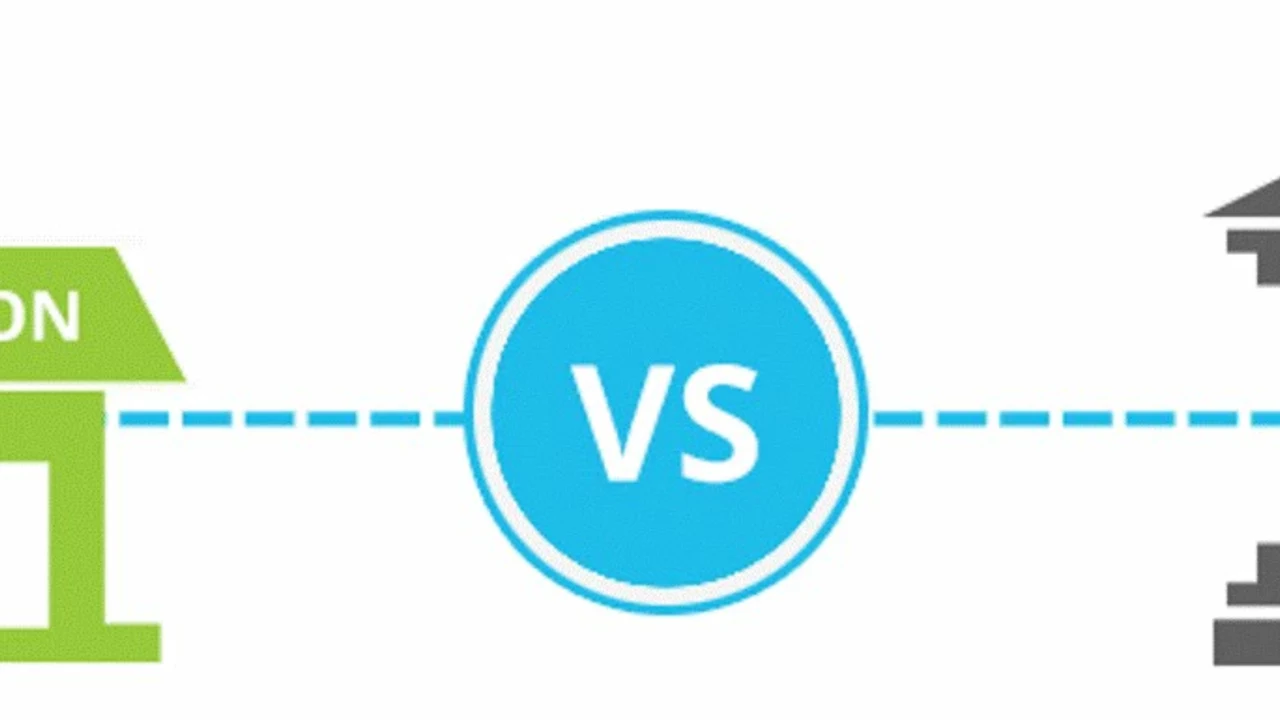Loan Practices: Simple Tips for Smarter Borrowing
Thinking about taking a loan? It can feel overwhelming, but the right practices make it easy. Below you’ll find straight‑forward steps that help you pick a loan, keep costs low, and stay on track with payments.
Pick the Right Loan for What You Need
First, match the loan type to your purpose. Need cash for a car? A auto loan usually offers lower rates than a personal loan. Planning a home renovation? Look at a home‑equity line of credit. If you just need a short‑term cushion, a small personal loan might work, but avoid high‑interest payday options.
Ask yourself three questions before you apply: What am I borrowing for? How much do I really need? How long can I afford to pay it back? Answering these keeps you from borrowing more than necessary and saves you interest.
Watch the Interest and Hidden Fees
Interest rates are the biggest cost driver. A loan with a 5% APR will cost far less than one at 15%, even if the monthly payment looks similar. Always ask for the APR, not just the headline rate, because it includes fees.
Read the fine print for origination fees, prepayment penalties, and late‑payment charges. Some lenders charge a flat fee up front, while others add it to the loan balance. If you can pay a little extra each month, you’ll cut the total interest dramatically.
Use an online calculator to see how different rates affect the total cost. Plug in the loan amount, term, and APR, and compare the results. This quick check can reveal a better deal without endless phone calls.
Set Up a Repayment Plan You Can Stick To
Once you know the monthly payment, make sure it fits your budget. Your loan payment should never exceed 15% of your take‑home pay. If it does, consider a longer term or a smaller loan amount. Longer terms lower the monthly bill but increase total interest, so find a balance that works for you.
Automate payments if you can. Most lenders waive a small fee for autopay, and you avoid missed‑payment penalties. If your cash flow varies month to month, set up a reminder instead of autopay, then pay as soon as you have the money.
Finally, keep an eye on your credit score. Timely payments improve it, while missed payments can drop it quickly. A better score means lower rates on future loans, so treat every payment like a credit‑building exercise.
By following these loan practices—matching the loan type, checking APR and fees, and building a realistic repayment plan—you’ll borrow smarter, save money, and keep your finances on track.

Do credit unions sell loans as banks sometimes do?
In my exploration of financial systems, I've discovered that credit unions, much like banks, do have the capacity to sell loans. This practice involves selling the loans to other institutions, often as a way to free up capital. However, it's important to note that credit unions operate based on their members' best interests, so they generally lean towards holding onto loans rather than selling them. But, just like banks, they have the right to sell loans if necessary or if it's beneficial for their stability and growth. So, while it isn't a common practice, it isn't unheard of in the world of credit unions.
Read More